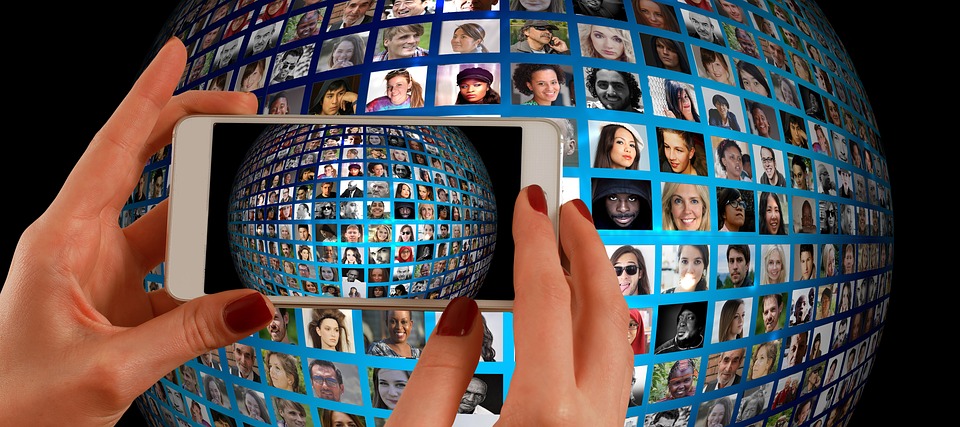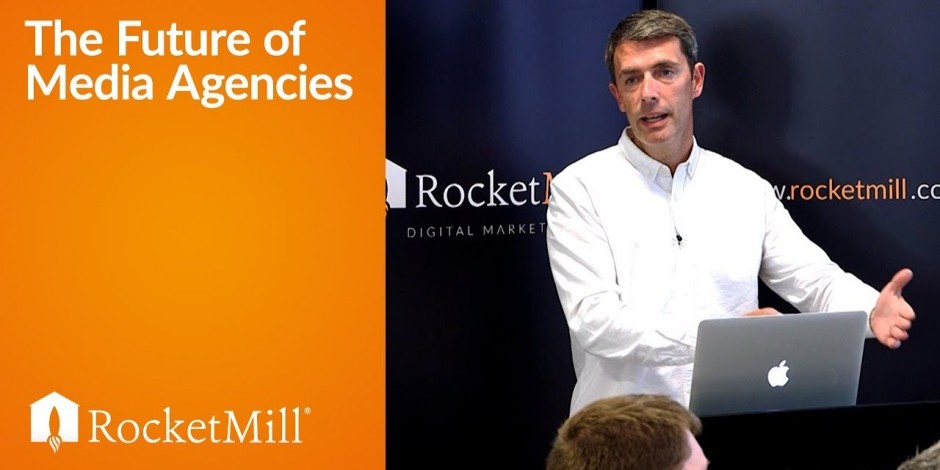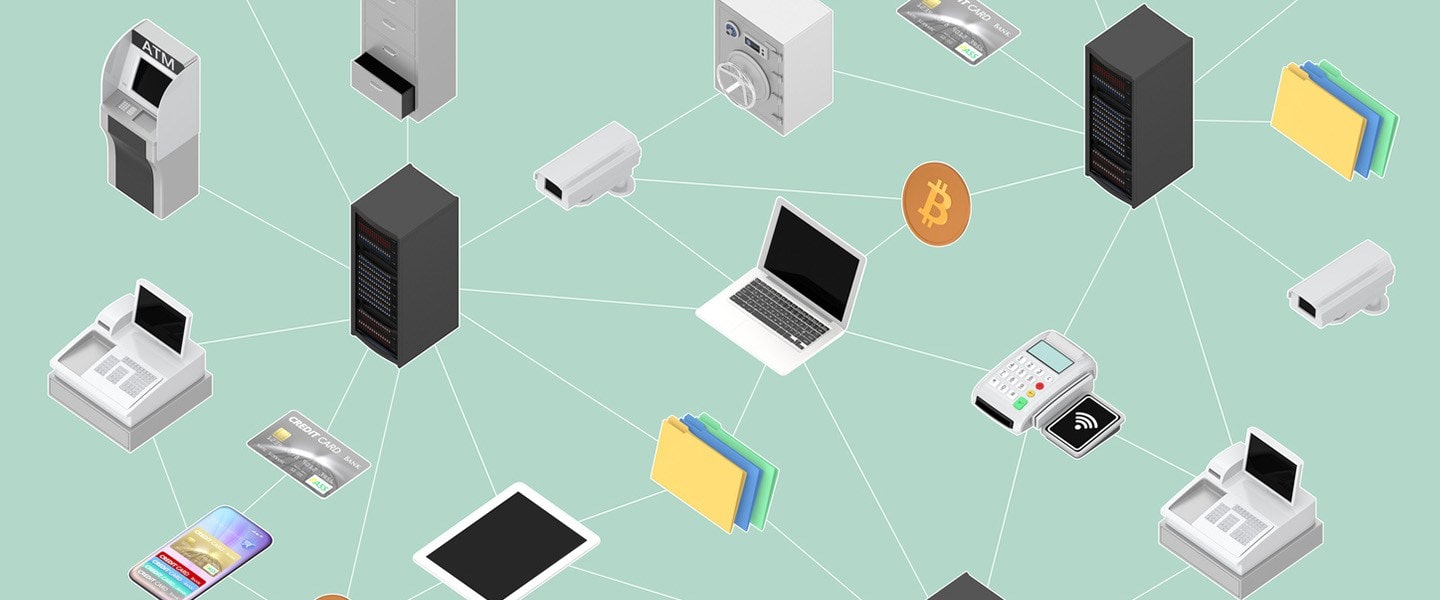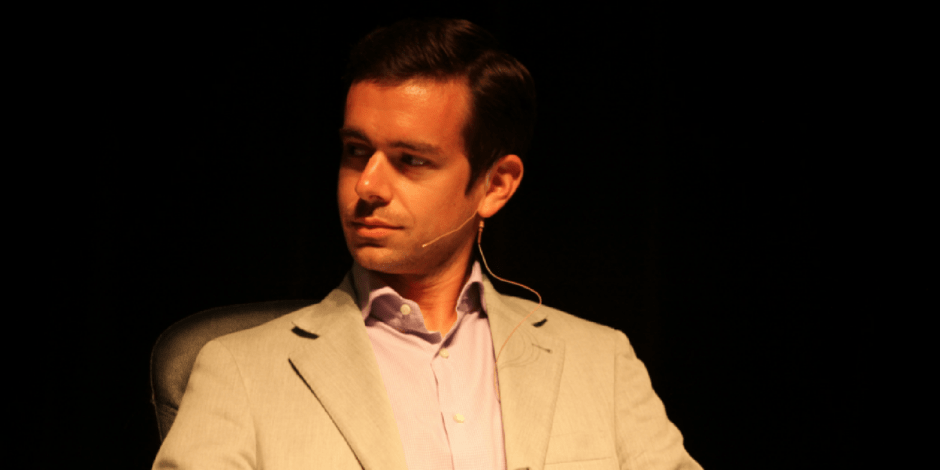Bloomberg and Twitter have got together to pump out news all day and all night on social media.
By MediaStreet Staff Writers
Bloomberg Media and Twitter today launched TicToc by Bloomberg, the first-ever 24/7 global news network built for a social media platform that targets the next generation of on-the-go, mobile-first news consumers. TicToc by Bloomberg combines the global news gathering capabilities of Bloomberg’s 2,700 journalists and analysts across 120 countries, with the digital power and immediacy of Twitter, one of the world’s fastest and primary news distribution channels. (You can follow @tictoc or visit live.twitter.com/tictoc )
The first iteration of TicToc by Bloomberg will feature a mix of live video and reporting from Bloomberg journalists around the world, as well as breaking news content from consumers, curated and verified by Bloomberg editors with a real-time distillation of the related conversation on Twitter. The news experience is designed to be interactive, rich with Twitter content and consumable on any device. Coverage will focus on general interest news worldwide.
Said Bloomberg Media CEO Justin B. Smith, “We’re seeing a shift in the media landscape today: more content companies are partnering with platforms to create hybrid businesses that better serve consumers and society. With TicToc by Bloomberg, we’re fusing the best of Bloomberg and Twitter to build a fast and credible modern news experience. The launch of this new network further reinforces our strategy of driving innovation through exciting new products and services that touch a broad audience around the world.”
According to Bloomberg Editor-in-Chief John Micklethwait, it’s early days. “Butwhat makes TicToc by Bloomberg unique is that consumers will be able to watch live news and the conversation around it at the same time, all while a dedicated team of Bloomberg editors verifies the facts. We’re leveraging our journalism and data to reach and inform an intelligent audience on Twitter around the world.”
Said Anthony Noto, Twitter COO. “Combining the journalistic integrity of Bloomberg with the speed and global availability of Twitter makes this a collaboration we are really excited about.”
TicToc by Bloomberg recreates the visual presentation of news for a mobile, social world through the use of video, data, and graphics. Users will have access to two types of news content:
- Breaking News: global breaking news when consumers need it and when an event warrants it. Live coverage for key events will be presented alongside real-time distillation of the facts and Tweets about the event.
- Global News Update: An hourly update of global news will be available in short, digestible clips, refreshed at the top of each hour. The segment will be comprised of top global news so that consumers are constantly up to speed on the stories that matter. It will also include slightly longer clips that put news into context, providing deeper analysis of the top news stories of the moment. At launch, top-of-the-hour news coverage will be updated from 6am to 10pm EST, expanding to 24 hours in early 2018, while weekend coverage will include regular news updates, prioritising live breaking news events.
The global news update will be available for replay and refreshed each hour with evolving stories from around the world. Relevant Tweets, curated and verified by Bloomberg, will run below the video programming, allowing consumers to see accurate Tweet conversations around the news.
So let’s talk about the money. Seven sponsors have signed on as the Founding Partners of TicToc: AT&T Business, CA Technologies, CME Group, Goldman Sachs, INFINITI, SAS, TD Ameritrade. TicToc will feature branded native content and unique integrations woven into the video programming.
“We know how critical education and information are to the investing process. And, in today’s fast-paced world, consumers want the latest news at their fingertips, in their format of choice, from a source they trust,” said Francie Staub, managing director of integrated and digital marketing at TD Ameritrade. “That’s why we’re so excited to work with Bloomberg as it reimagines the mobile newsroom – leveraging cutting edge technology to help create a more informed, confident investor base.”
There it is… they key driver… native advertising. Or “advertorial” to us of the old school terminology. Will it be a success? Or are we all sick of 24/7 news? Time will tell.
Tick, tock.














